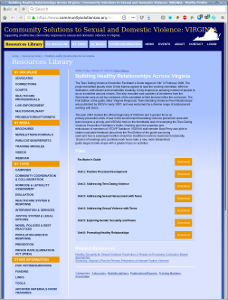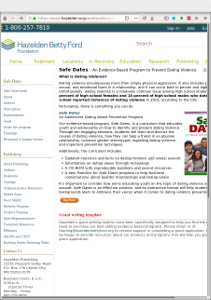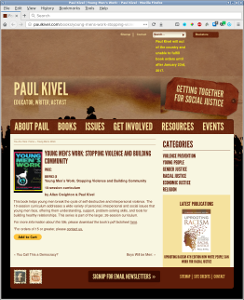A guide for developing tools to assess for sexual assault within the context of domestic violence1
- Rapport should be built with the victim before screening questions are asked.
- Questions should use specific language when referring to the crime. Words such as hurt, threatened, or forced should be clarified by the interviewer (i.e. did they hurt you vs. did they hit or push you).
- Due to rape myths, some victims of intimate…




